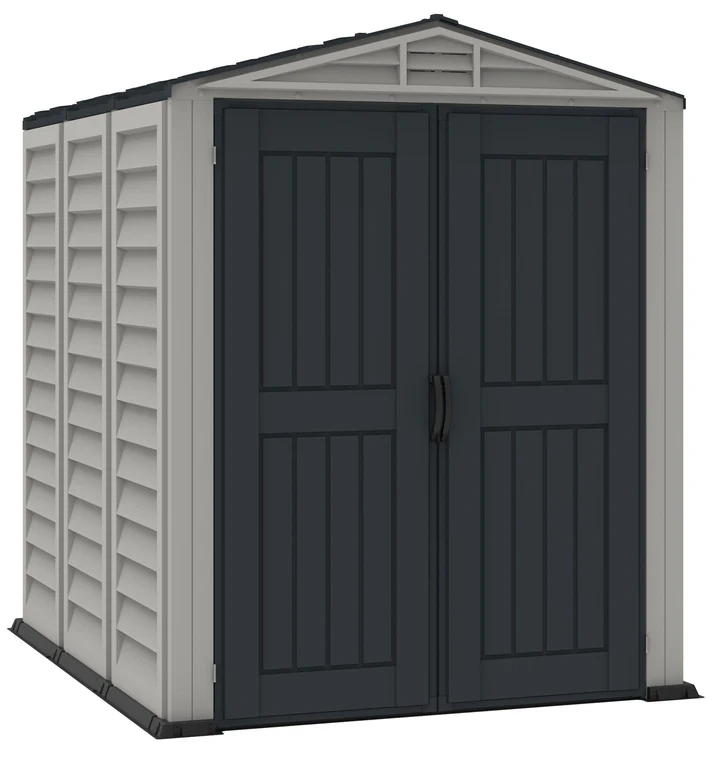A balance sheet is a document that companies can use to summarize their company’s finances and that investors can use to determine the value of a company. Describe a company’s assets and liabilities, along with the value of its shares. You can also use them together with other financial documents, such as a income statement or a cash flow statement. By combining the ideas in these three documents, you can determine whether investing in a company is the right option for you.
A balance sheet is a financial document that a company publishes to show its assets, liabilities and general equity. Funds are useful tools for potential investors in a company because they demonstrate the overall financial status of a company. However, keep in mind that these currently only represent the status of a company. To see the trajectory of a company, you must consult the balance sheets for a period of months or years.
The four main financial statements are the profit and loss account, the balance sheet, the cash flow statement and the statement of retained earnings. A balance sheet is one of the most important financial statements used for accounting and is divided into two sides. The other party shows the company’s obligations and the shareholders’ assets. Small businesses can read their balance sheets to better understand corporate accounts at some point. To read a balance sheet, you must analyze your company’s reported assets, liabilities and equity to get a clear picture of what your company owns and owes on a single date. Whether you do your own accounting with the accounting software or have hired an accountant to prepare your financial statements, you have probably seen the balance.
A company’s balance sheet, also known as a ‘financial statement of position’, reveals the company’s assets, liabilities and equity . The balance sheet, together with the profit and loss account and the cash flow statement, forms the cornerstone of a company’s financial statements. Shareholders’ equity is the initial amount invested in a company. To balance the balance sheet, total assets must be equal to total liabilities plus equity on the one hand.
The balance sheet, together with the profit and loss account and the cash flow statement, provides an overview of a company’s financial situation. An asset is valuable to your business, such as items, debtors or cash to be settled. Liabilities, on the other hand, are the amount you owe to other people or other financial institutions, it is part of what you need to operate. And the other part of a balance sheet is the assets of the business owner, or what remains once the liabilities have been deducted from the assets, also known as book value. The balance sheet is one of the three most important financial statements, together with the profit and loss account and the cash flow statement.
It can only be seen and together with other statements such as a profit and loss account and the cash flow status to get a complete picture of a company’s health. The purpose of a balance sheet is to give stakeholders an idea of the company’s financial situation and to show what the company owns and should do. It is important that all investors know how to use, analyze and read a balance sheet. Although the balance sheet does not show a specific net profit figure, it does provide many important indications of the company’s performance.
As such, a balance sheet is useful in showing whether you can meet your short-term financial obligations and is often a mandatory document when obtaining a loan or other capital. The balance sheet is the most important of the three main financial statements used to illustrate a company’s myaccountinglab solutions financial health. The other two are the profit and loss account and the cash flow statement. If your company is listed, the capital portion of your balance sheet includes the equity of your shareholders, the amount of the property they have in the company once the debts have been paid.
The balance sheet is one of the well-known financial statements of a company. It is designed to show everything a company owns and everything a company has at once. Experienced investors and analysts always include it in their calculations.
On the balance sheet, total liability is the total money due, either to a lender, bank or supplier. With regard to assets, it gives an idea of how stable a company is and whether the accounts are past due. Fixed or fixed assets are resources that make or break the company. They are items that cannot be easily converted into cash in an immediate sense; the “useful life” is more than a year before it can be liquidated.
Take a snapshot of the company accounts and list them in specific categories. But in a company, money is constantly moving; old debts are paid, new debts are formed, equity is adjusted and assets are bought, sold and written off. A profit and loss account sees a full period for profit figures, while a balance sheet must be compared to something else for a real profit idea.
